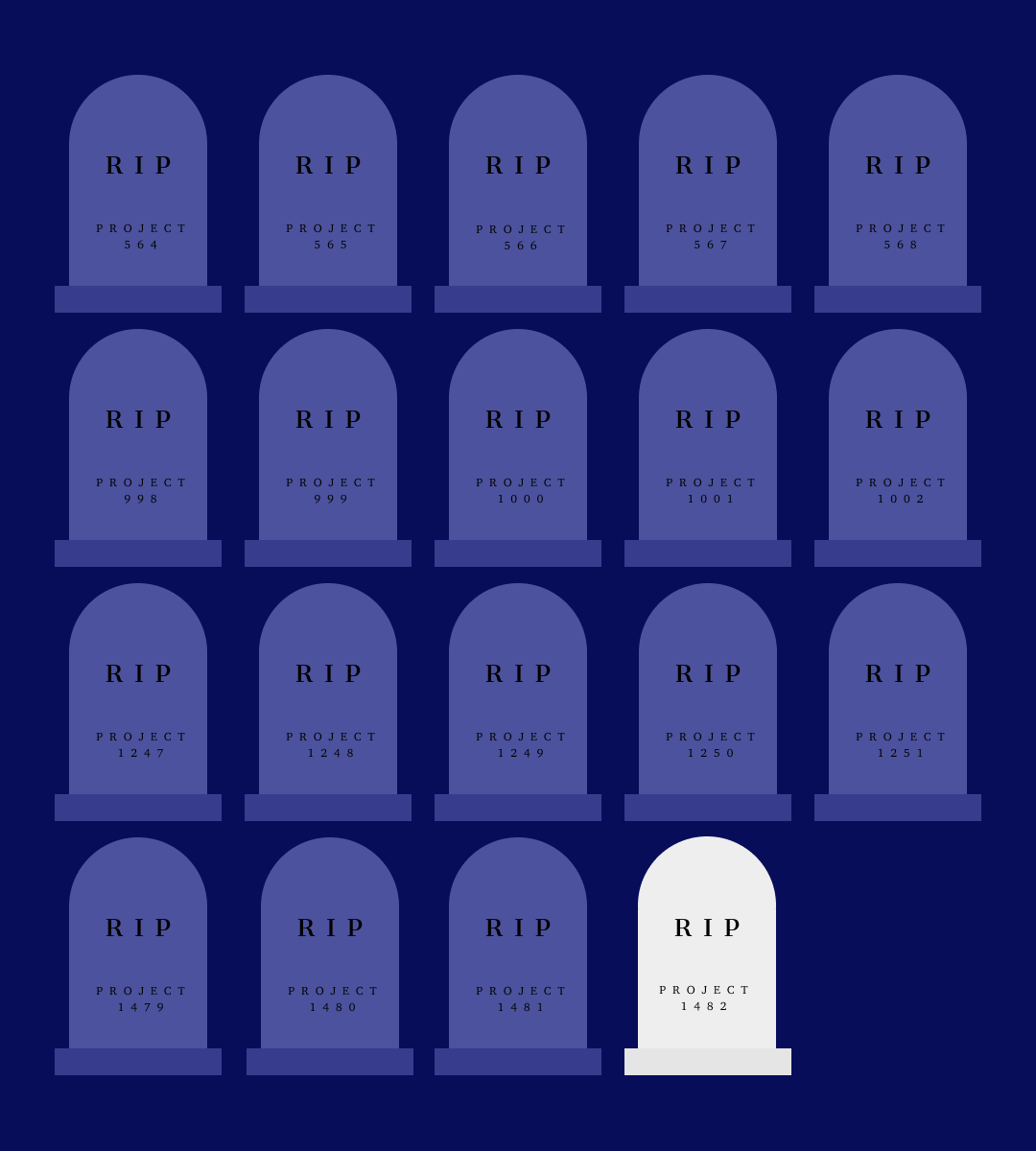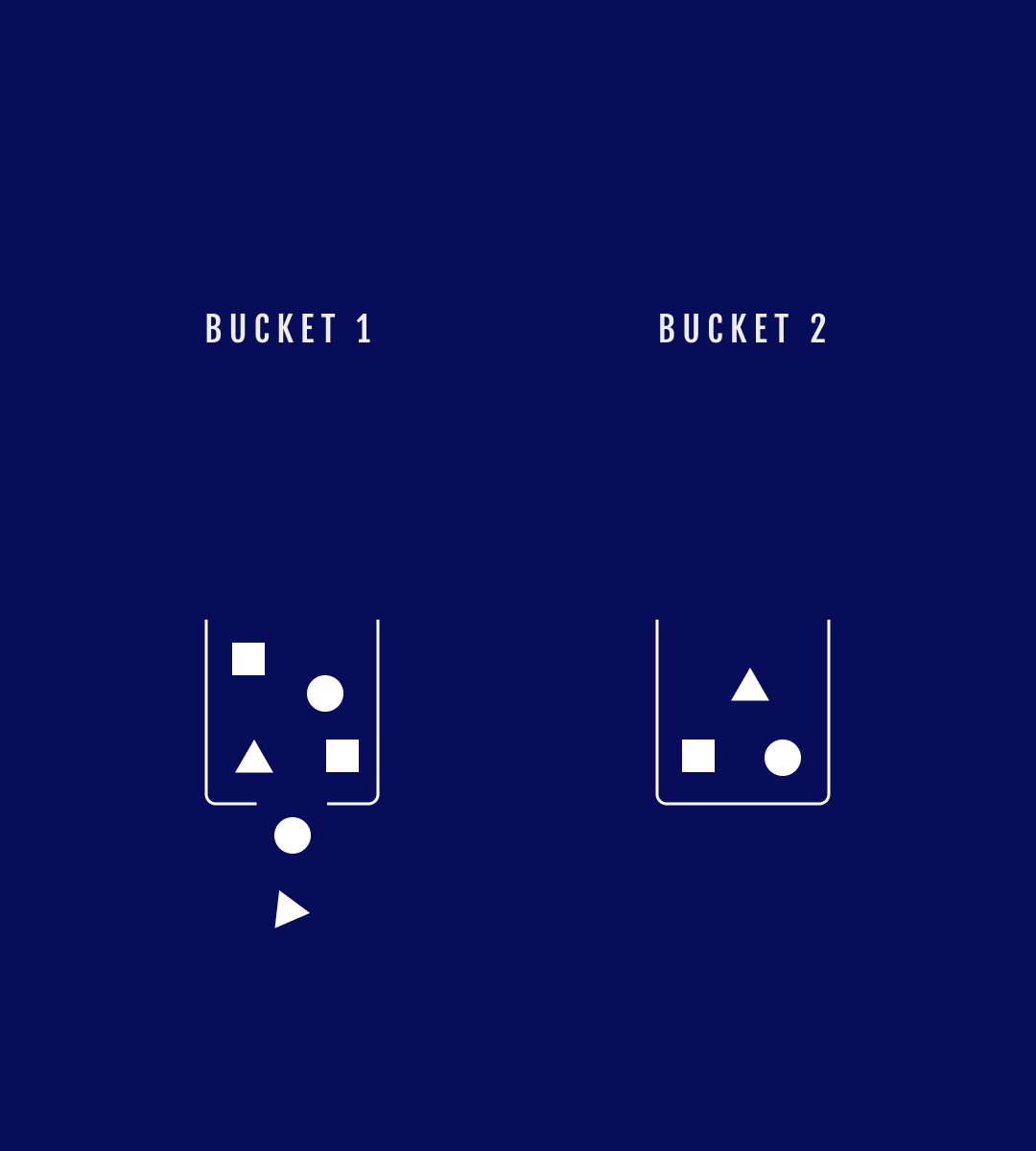How to Finish What You Start
I never used to finish anything. 3-5 reps was my average streak. And then the intensity would plummet and the project would end up in a graveyard. I felt shame and frustration about this and I wanted it to stop.

Through trial and error and the growths I’ve had in other areas of my life, I’ve finally been able to “finish” projects.
This blog is a great example, while I’ve had some hiatuses here and there, I’ve been consistently writing an average of 1 post per month for 17 months. Previously, I would have excitedly written a couple of posts and stopped at number 3. Remember, that used to be my streak. Another example is climbing, I’ve been climbing for almost 5 years now. Yes I’ve had injuries and short breaks but I’ve never been able to sustainably practice any other sport that long. Another area of my life that has dramatically benefited from this shift is the completion of online courses. Since December 2018 I’ve completed 6 out of 7 purchased courses. Before, I would start a lot more but only finish maybe 10% of them.
So what has helped?
The 2 Buckets Method
I use something I call the 2 buckets method for completing projects. Broadly speaking, any project you are working on right now or pick up in the future can fall into 2 buckets.

Bucket 1
These are the fun momentary projects. They are experiments. For example, you want to pick up pottery. If you stop after a month, it was not an “unfinished project”, it was an experiment. You had some fun but ultimately learned that pottery won’t be the creative hobby you’ve been looking for. Next!
For these projects, allow yourself to pick up as many and drop as many of these as you like. Give yourself a budget for these types of projects and just have fun with it. Have no shame in not finishing these, the goal is not to finish them but to try them. If you are even a moderately curious person, you’re likely to be drawn to various projects and hobbies. Embrace this. It’s not wasted time. Bucket 1 is leaky by design.
Bucket 2
These are projects that you do want to finish. By “finish” I mean do sustainably for a reasonable amount of time. There often isn’t a finish line. The key is to assess every project and decide which bucket they belong to. Bucket 2 is not leaky and therefore has a limited capacity. You have to be extra careful what goes into it. Often it’s better to drop projects into bucket 1 first, then you can direct them into bucket 2. But how do you know what qualifies for bucket 2?
“Know thyself…”
“The problem happens when we have multiple desires. When we have fuzzy desires. When we want to do ten different things and we’re not clear about which is the one we care about.” – Naval Ravikant
The most important factor in the sustainability of bucket 2 projects, is knowing what you want in life. I don’t mean you have to have it all figured out, but you need to be able to hear your own voice amidst the loud noise of society. The noise that says you should be doing X.
If you find it difficult to hear your own voice and have little idea about what you want then I recommend reading this post by the blog Wait But Why. It gets you to rank your yearnings and desires to give you a better idea of what’s important to you. Once you have a better idea of what you want, you need to be crystal clear about the “why” behind the given project. The more aligned this “why” is with your desires and long term goals, the more likely it is that it will be sustainable.
Reasons bucket 2 projects fail to become long term
- Perfectionism and/or biting off more than you can chew
- Lack of self-knowledge, it was a bucket 1 project that found itself in bucket 2
- Low adaptability, eg: not pivoting upon new information about yourself or the project
- Lack of feedback, eg: not measuring progress, not getting feedback from others etc which can lead to demotivation
- Trying to fulfil 2 opposing goals with the same project, eg: coding a complex project in a new language you’d like to learn
- Inadequate environment
Environment/Community
For bucket 2 projects, it’s almost essential to be in an environment that positively reinforces that goal. That environment can carry you through the pits of despair, those moments where the critic voice gets the better of you. Without my climbing community (specially people of similar height and gender), I likely would have given up by now.
Managing your environment and knowing yourself are the the 80/20 of finishing things, or better put having sustainable bucket 2 projects. If you’d like to finish more of what you start, these are the factors to pay attention to.
I’d love to hear about your experiences and challenges with finishing projects. Let me know on Twitter.